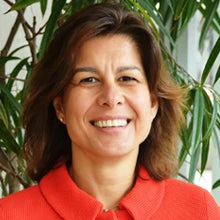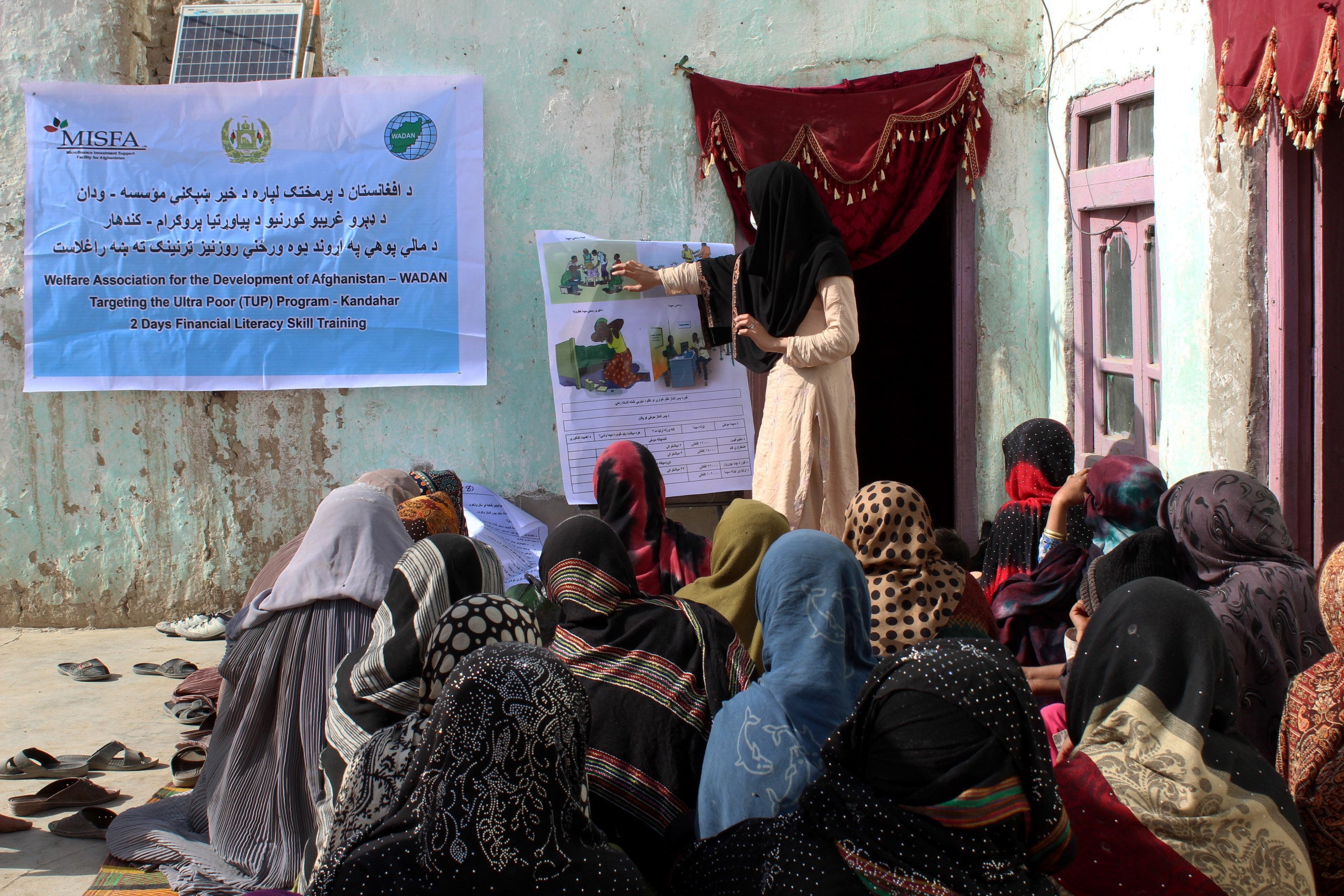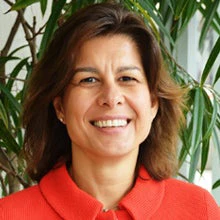 Une femme afghane et son bétail. Les familles inscrites au programme ont reçu des vaches, des moutons et des chèvres. Photo : © Mécanisme de microfinance et de soutien pour l’Afghanistan.
Une femme afghane et son bétail. Les familles inscrites au programme ont reçu des vaches, des moutons et des chèvres. Photo : © Mécanisme de microfinance et de soutien pour l’Afghanistan.
In Afghanistan, where violence and conflict continue unabated, and poverty is deeply entrenched, a World Bank program aimed at lifting rural households out of extreme poverty has generated remarkable results. Aptly called ‘Targeting the Ultra Poor’ (TUP), the program has supported 7,500 families, an estimated 52,500 people, in the provinces of Balkh, Kabul, Kandahar, Kunar, Laghman and Takhar since 2015.
The goal of the program is to provide a “big push” to improve the welfare of the poorest and most marginalized families, with no regular income to meet their daily expenses, and put them on a path out of poverty.
Early impact results are significant, not just for Afghanistan but for all similar programs which have been implemented worldwide for more than a decade. It was initially unclear whether successful outcomes could be achieved in a setting like Afghanistan, which is affected by fragility, conflict & violence. It turns out that not only did the program succeed, but the results were even stronger than in other countries, such as Ethiopia, India or Bangladesh.
Over the course of a year, families enrolled in the program in Afghanistan received livestock (mostly cows, but sheep and goats as well), skills training, and coaching on livestock rearing and entrepreneurial activity. They also received a monthly cash stipend of $15, and a basic health subsidy of up to $30 that would cover a basic hygiene kit and reimbursement of medical expenses. To promote financial inclusion, families were encouraged to save and were introduced to local microfinance institutions to help them open savings accounts.
The impact evaluation of the program, recently completed in Balkh, tracked families from before the interventions started until one year after the program ended. The evaluation found inspiring results on multiple critical fronts --- poverty, women’s empowerment, access to finance, as well as human development (education, child health and mental health).
The TUP program led to a significant reduction in the incidence of extreme poverty, increased consumption, and improved food security among the beneficiaries – over 90 percent of whom were women. A fifth of participating families in Balkh moved above the national poverty line (roughly equivalent to $1 per person per day). Per capita monthly consumption increased by almost a third. The study also found marked declines in the number of meals skipped or reduced among both adults and children.
Similarly, the positive effects on women’s empowerment are noteworthy. The program increased women’s labor participation by providing economic opportunities to previously under-employed women. It also improved women’s access to resources like mobile phones and bank accounts, helped women obtain national IDs and encouraged their social and political involvement.
Access to finance for TUP families also improved, albeit from a very low level. Not only were TUP beneficiaries less likely to borrow for consumption purposes, but they were also more likely to be saving, one year after the program ended. While only 2 percent of non-TUP households reported saving (with an average savings balance of only $1), 28 percent of TUP households were saving, with an average savings balance of $32!
Additional benefits have included the psychological well-being of men and women, evaluated in terms of self-esteem, life satisfaction, and stress level. Also, school-age children were more likely to be enrolled and missed fewer days of school and the health of children under five also considerably improved.
The impact evaluation provides solid evidence that the TUP programs have the potential to reduce poverty among the poorest, especially women, living in an extremely fragile and conflict-affected environments. A follow-up survey will be undertaken later this year in Balkh, to determine the sustainability of the results of the first impact evaluation.
Due to the successful outcomes achieved so far, the program is being expanded to 3,000 additional families in Parwan and Nangarhar, two provinces which are hosting internally-displaced persons (IDPs) and returnees.
The results from Afghanistan are inspiring and energizing, and they show that it is possible to bring about meaningful change for those most in need. We will continue to strive hard to achieve our mission of rooting out extreme poverty wherever it exists and measure our impact wherever it is possible.
Note: The TUP program in Afghanistan is led by the World Bank Group’s Finance, Competitiveness and Innovation Global Practice and implemented by the Microfinance Investment Support Facility for Afghanistan. Initially piloted in Bamyan in 2010, it was later scaled up to include six additional provinces (including Balkh) through funding from the International Development Association (IDA).




Join the Conversation